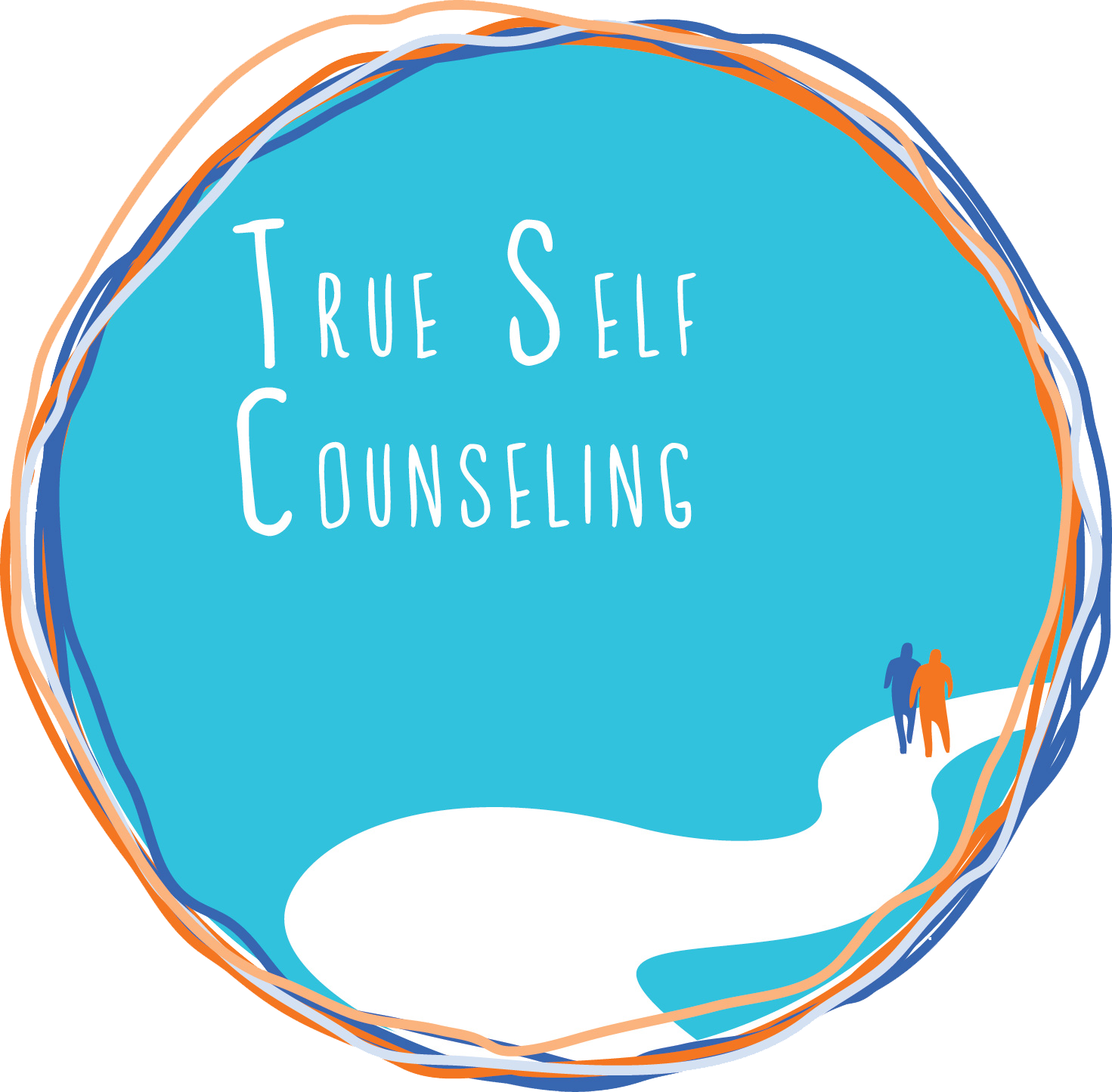Everybody deals with stress and anxiety at different points in their life. It’s normal to feel anxious or nervous before taking an exam, having a performance review at work, or when faced with a difficult decision. But when worry and fear consume your life or cause so much distress that it interferes with normal functioning, it begins to become a problem. More than 40 million American adults struggle with some form of an anxiety disorder, which is about 18% of the population in a given year.
There are many different types of anxiety disorders, including panic disorder, obsessive-compulsive disorder, post-traumatic stress disorder, social anxiety, phobias, and generalized anxiety.
Panic Disorder consists of sudden attacks of fear or nervousness, which are accompanied by physical symptoms, such as sweating and a racing heart. Most people with panic disorder develop a constant fear of having another panic attack, which impacts daily functioning and quality of life.
Obsessive-Compulsive Disorder consists of recurring and distressing thoughts, fears, or images (obsessions) which create anxiety, causing the person to perform certain rituals or routines (compulsions) in an attempt to make the obsessive thoughts go away. People with OCD often realize that their obsession-compulsion cycle is irrational, but they can’t seem to control it.
Post-Traumatic Stress Disorder develops after a person has witnessed or experienced a traumatic event in which harm occurred or was threatened. It causes intense feelings of fear, helplessness, shock, anger, nervousness, horror, and sometimes guilt. For people with PTSD, these feelings last for more than one month and cannot return to normal functioning as it was prior to the traumatic event.
Social Anxiety (also known as social phobia) is an intense, irrational, and persistent fear of being negatively evaluated by other people. Some people are just shy, but those with social anxiety can become completely overwhelmed in the context of a simple social situation. People with social phobia tend to be sensitive to criticism, have difficulty being assertive, and suffer from low self-esteem.
Phobia Disorder involves a persistent, excessive fear of a specific situation or object. Phobias are one of the most common types of anxiety disorder. The difference between a fear and a phobia is that people with a phobia are actually physically and/or psychologically impaired by it.
Generalized Anxiety is characterized by excessive worry about everyday life events – such as health, money, family, work, or school – with no obvious reason for it. People with generalized anxiety can’t seem to stop worrying and they live in a near constant state of worry, fear, or dread.
For people suffering from anxiety disorders, worry and fear are constant, overwhelming, and sometimes crippling. At True Self Counseling, we teach relaxation exercises and coping techniques so that you can effectively manage the stress in your life, rather than let it consume you. The choice is yours: you can let your anxiety control you, or you can take control of it.
